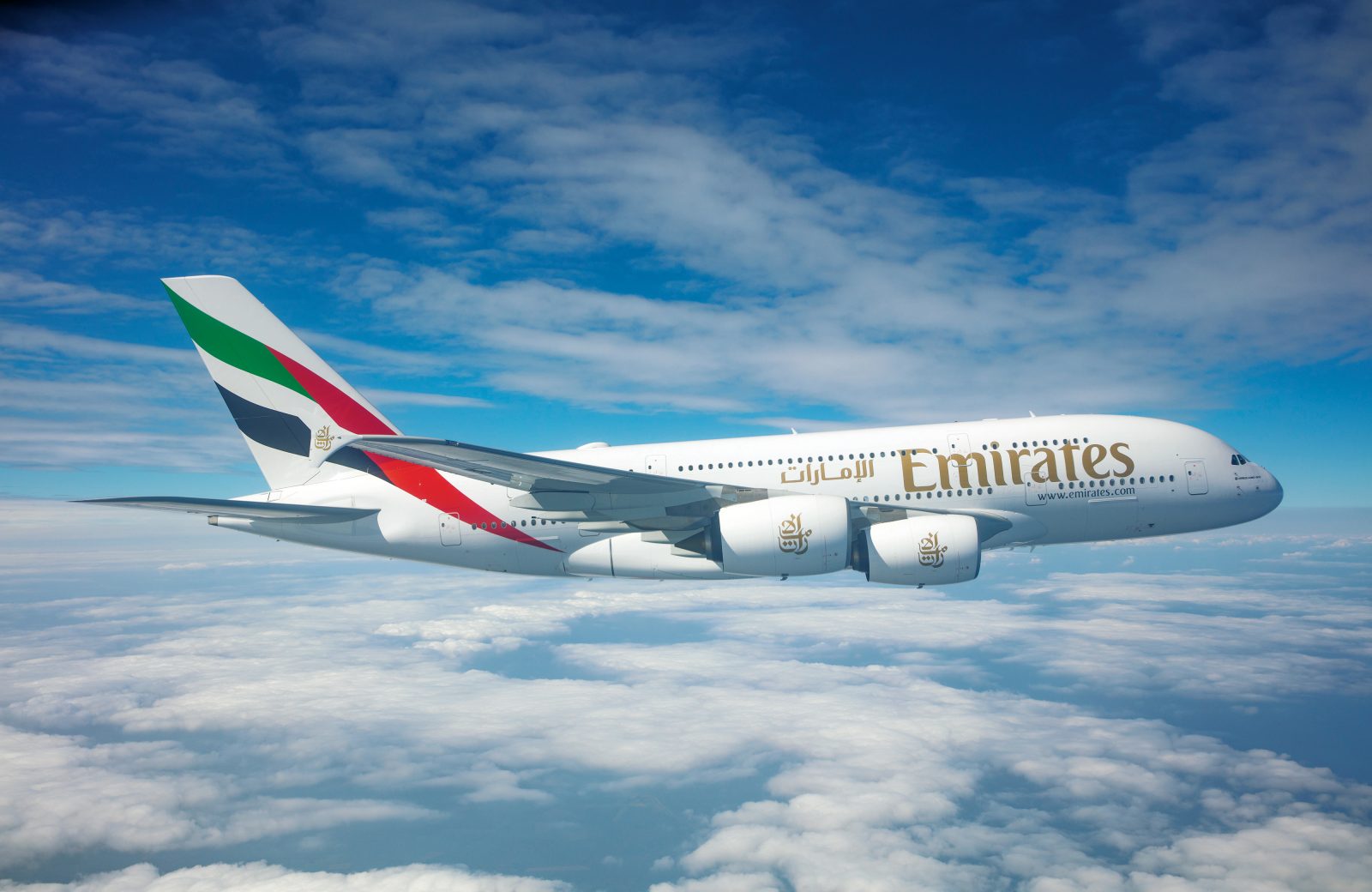
A couple of weeks ago, video footage of the aftermath from severe turbulence onboard an Emirates A380 went seriously viral. Stunned crew members surveyed the extensive damage in the iconic onboard lounge and the rear galley – glass was smashed, trolley’s toppled and debris was littered across the floor. Even an overhead ‘Exit’ sign had somehow become detached from the ceiling and had ended up on the floor.
All of this happened on one of the longest flights in the world. We now know the Emirates operated Airbus A380 was flying from Auckland in New Zealand on the roughly 16 and a half hour flight to Dubai when passengers, cabin crew (and anything else that wasn’t strapped down) were thrown into the air.
Surprisingly little further information of the incident was originally shared by authorities in Dubai, although Emirates did confirm that some passengers received “minor injuries” and that crew members provided First Aid during the remainder of the flight.
However, according to a new update which was released this weekend by the UAE’s General Civil Aviation Authority (GCAA), we now know that eight passengers, along with eight members of cabin crew were injured during the severe turbulence. One passenger is said to have been seriously injured and is being treated for a neck fracture, although further details haven’t been released yet.
It looks like this turbulence may well have been caused by some pretty serious storm systems as they flew close to Chennai, India. The pilots did know about thunderstorms in the area but have told investigators they decided to continue on their original route because the storms were below them and moving off course. The Aviation Herald, though, claims that infrared satellite images show storms directly in the path of the Emirates jet.
The situation may well have changed quickly and in any event, the seat belt signs had been switched on five minutes prior to the turbulence hitting. It’s not known whether the crew have received a briefing on how severe the turbulence was going to be but it looks like they managed to secure most passengers but not themselves before it hit.
The GCAA has officially classed this incident as an ‘accident’ so a full investigation is now taking place and further details will eventually be made public. The most important part of these reports is always the learning outcomes and safety recommendations – it will certainly be interesting to see what the GCAA suggests to prevent this kind of incident in the future.
Related
Mateusz Maszczynski honed his skills as an international flight attendant at the most prominent airline in the Middle East and has been flying ever since... most recently for a well known European airline. Matt is passionate about the aviation industry and has become an expert in passenger experience and human-centric stories. Always keeping an ear close to the ground, Matt's industry insights, analysis and news coverage is frequently relied upon by some of the biggest names in journalism.







